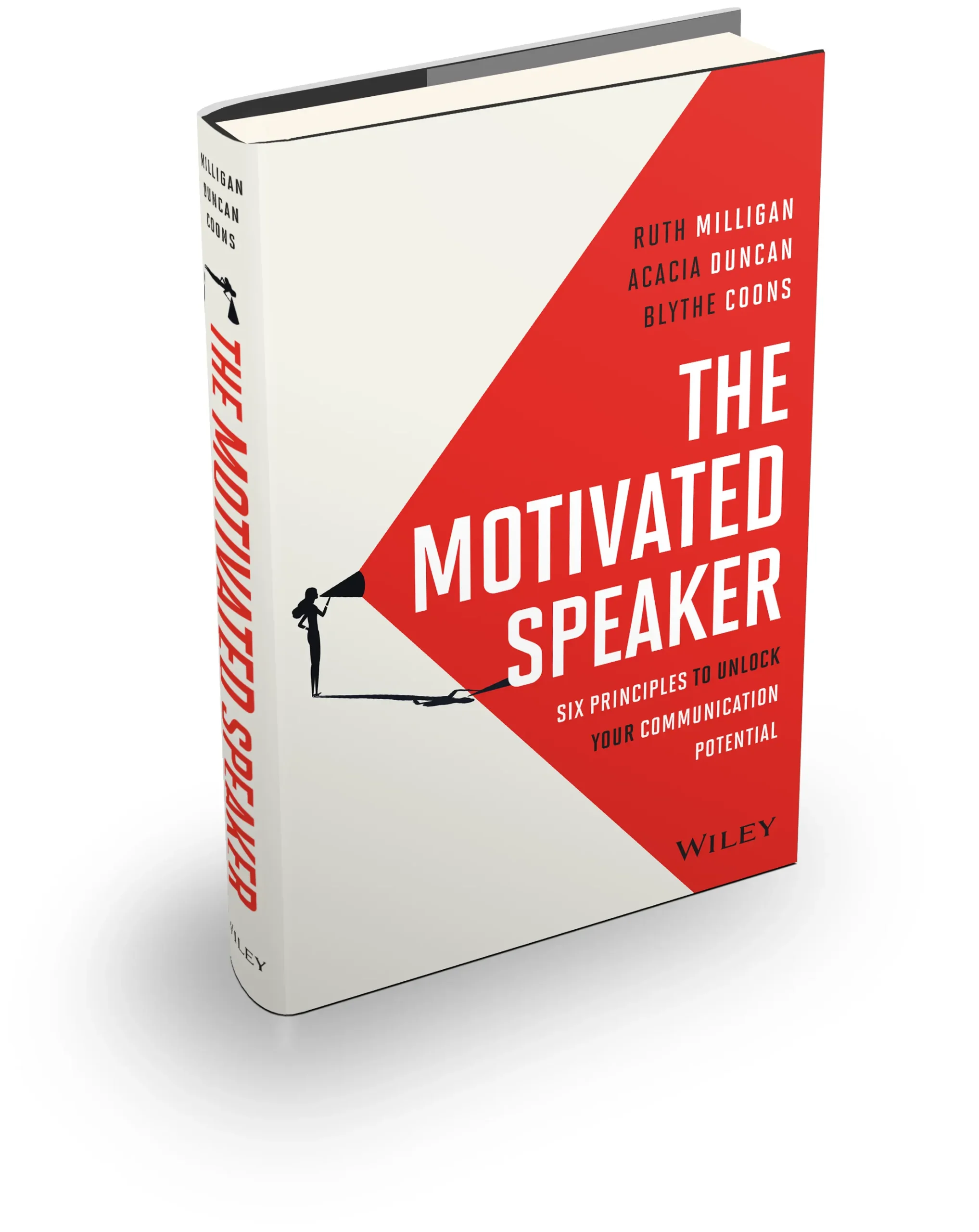We were invited into a major financial institution this week to help check the pulse of their culture. And we did it thru stories.
A few years ago I was inspired by a training group in Australia who talked about their anecdote circles. Playing on the idea, yesterday we facilitated ‘story circles’ for 100 associates (broken into groups of 8 over 4 time slots). I’d tested the concept in smaller groups before and felt comfortable to expand to a whole day with a broad range of associates from one company.
It went like this: After I introduced my associates (who acted as scribes for each small group- more on that later), the concept in general and a few rules – we began asking questions. There was no “client” in the room per se – they wanted the dialogue to be authentic and uninhibited.
For a week or so before the gathering, my client and I debated five questions that we’d ask to try to reveal insight against the culture pulse of the organization. Now, I’m only learning about culture in companies (or rather how to change them) but I was confident these questions would elicit a buffet of insightful stories.
These were not focus groups which I define as feedback tools to mine for specific attitudes, behaviors and opinions about a set of positions, advertisements, or products. These story circles were meant to evoke specific examples from a question that related to a corporate value or culture characteristic. The individuals were selected based on a certain title (like manager and above) and given a choice of four time slots – if they chose to participate at all (it was voluntary). When they arrived, they sat at a random table of no more than nine.
I described the conversations like a lively dinner party. We didn’t know where the examples would head – and what stories they would evoke in others. No one was required to share a story (until the last question – when we asked everyone to contribute) but nearly everyone had one. What John expressed in his story about 10 years ago evoked a story that Marsha hadn’t thought about that happened two months ago, and so on. Good stories (and even bad ones) evoke emotion which can tip off a memory and remind us of another story.
For these sessions, posing the right questions was key – and letting the stories flow naturally without too much facilitation was important. We had no bias or judgment where the answers would lead.
So 18 hours later (total between all groups = 4 sessions x 3 groups per session x 90 minutes per session) of dialogue and sharing, and about 8 hours later of reading, reviewing and analyzing the results – the client had a few important deliverables from us :
– A top-line one pager summarizing the themes we heard from each of the 5 questions. A theme was defined as having been mentioned at least twice in each group while answering a question.
– The best 20 stories told that evoked emotion in any category. These are stories that can inspire, reinforce, explain, calm, ignite, excite or reveal insight. They are ones that leaders can re-tell as teaching examples, as opposed to telling directives, rules, mandates or platitutudes. Here’s an example of the difference:
(a story)
“Brian, despite the challenges with the new policy, keeps a very realistic view of it. He is encouraging and enthusiastic with his staff, acknowledges the struggles and communicates as frequently as possible with them – keeping them connected and the dialogue very flowing. He holds a weekly staff meeting to address overall concerns, then keeps his door open throughout the week to address individual questions. While the staff is still adjusting to the new policy, they understand it and know that Brian is doing the best he can to help them transition.”
vs.
(an instruction)
“When communicating the new policy, we insist that you talk to your staff once a week, keep a positive attitude and be enthusiastic.”
And they also got:
– Verbatims from the 12 groups of all stories shared
By no means was our story collection considered objective. By ALL means it is very subjective. The idea was to collect as many stories as possible and without bias later, see if any themes emerged. If not, at least we had hundreds of individual anecdotes to share. If so, we had trends to suggest. I would not assure that because the way these 100 people answered questions – that the rest of the organization feels the same way. But when these themes validate some objective employee surveys they’ve just completed, we know the stories were authentic at least.
One of the most challenging aspect that any company has in expressing their values are lack of real, current and usable “values in action” stories. This company, at least for the next 9-12 months until their culture or values dramatically change, will have a nice archive of examples, anecdotes and stories to use in communicating to leadership, on-boarding new associates and reinforcing key behaviors they want to see repeated. Kudos to them for making a significant investment of associate time – and to know that’s where the best stories are kept.

